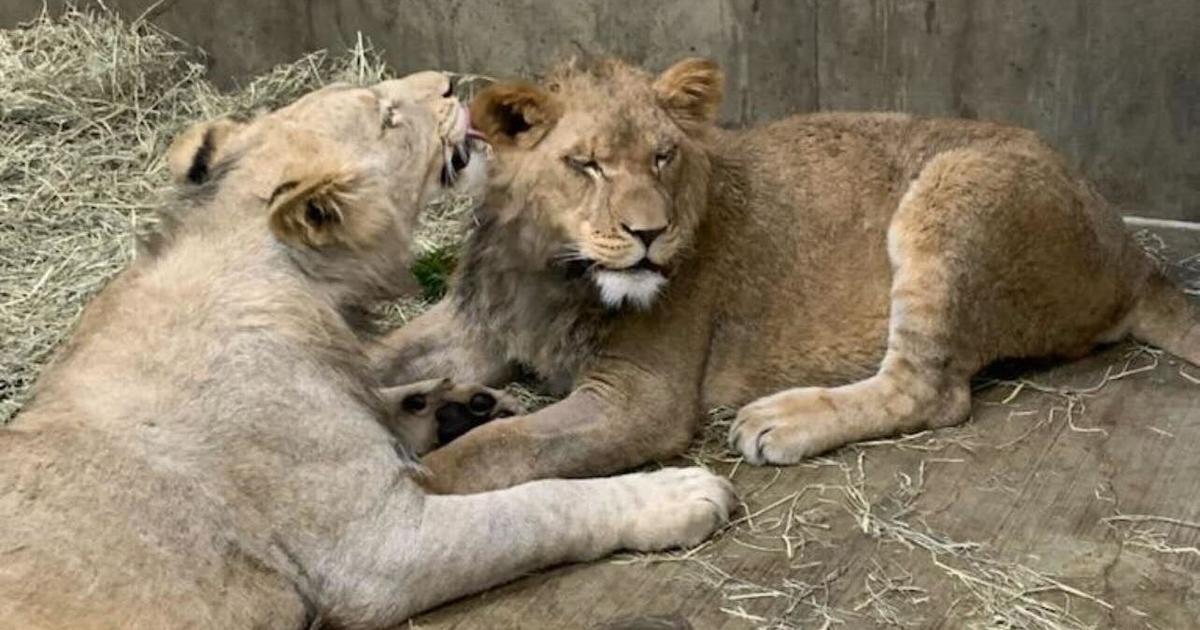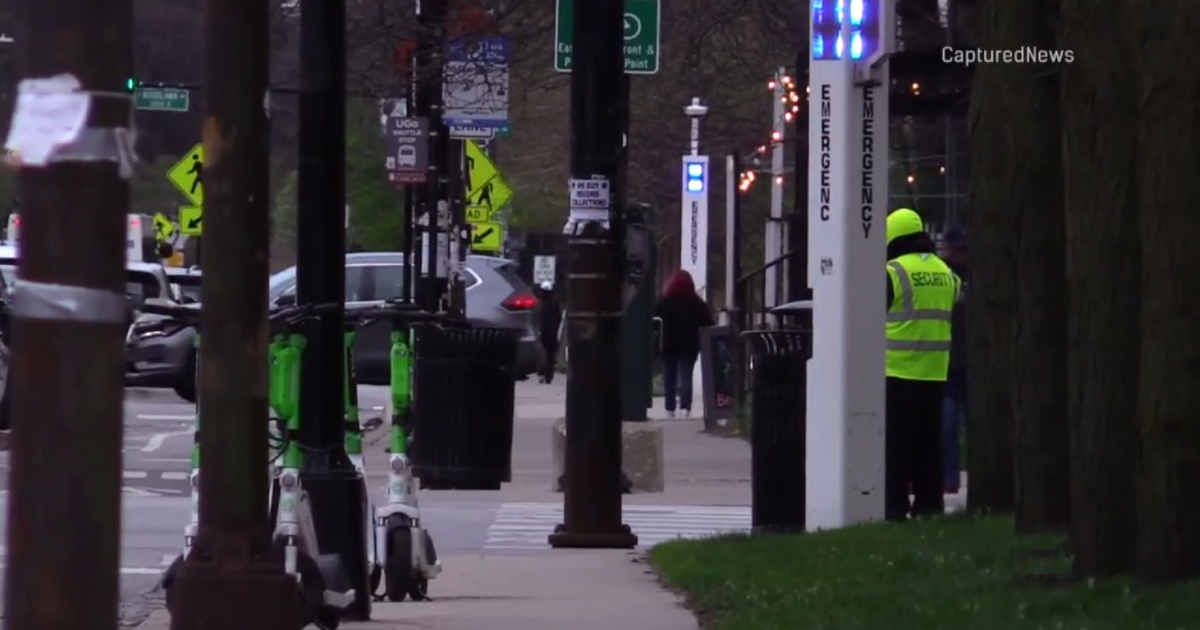Durkin: Know Your Opponent - Washington Redskins
By Dan Durkin-
(CBS) Heading into their bye week in 2012, the Washington Redskins were at a crossroads.
Losers of three straight, they sat at 3-6, staring into the abyss of yet another lost season. Head coach Mike Shanahan's record had sunk to 14-27, and he was resigned to using the balance of the season for player evaluation purposes.
The bright spots were two rookies: their dynamic franchise quarterback Robert Griffin III, whom they mortgaged their short-term future for, and an unheralded sixth-round running back, Alfred Morris. These two made Shanahan's evaluations much easier, and they also made the Redskins NFC East champions.
The Redskins reeled off an improbable seven-straight wins and entered the playoffs as the hottest team in the league. Then a twist of fate - and a knee - changed everything. Already hobbled, Griffin's right knee gave out as he attempted to recover a fumble, tearing his ACL and LCL, giving this fairy-tale season a grim ending.
Adrian Peterson's nearly inhuman recovery from reconstructive knee surgery established a new - and unrealistic - precedent for professional athletes in similar situations. Notwithstanding controversy, the plan was for Griffin to be under center for the season opener. Then again, the Redskins are no stranger to controversy, it's seemingly followed them at every turn since Daniel Snyder took ownership in 1999.
But Griffin's injury presented a unique challenge. He wanted to play in the preseason, but was held out for precautionary reasons. Yes, the preseason is largely meaningless and each team breathes a sigh of relief when their starters finish a game unscathed, but Griffin needed the reps, both from a physical and mental standpoint.
The proverbial "rust" was real. Griffin didn't look like himself to start this season. His footwork was off, his throwing framework (lower body) was unstable, and he wasn't driving into throws, rendering him inaccurate and ineffective.
The extra rest from the Redskins recent bye week looks to have paid off for Griffin. He once again looked like the dual-threat weapon that made him so difficult to defend as a rookie. Against the Cowboys, he was more elusive in and out of the pocket, beating defenders to the perimeter on scrambles.
A large portion of Griffin's success as a rookie can be credited to offensive coordinator Kyle Shanahan. The Redskins were one of six teams to run the ball more than they threw it in 2012, deploying a zone-based running scheme, zone-read, and a passing game predicated on play-action. These schemes suit Griffin and Morris perfectly.
Play-action passes simplify Griffin's reads and they also present him with the option to tuck it and run when his receiver is covered. Morris is a one-cut runner who can press the line, read his blockers, and wait for the cutback lane to develop.
However, the reliance on play-action to move the ball in the passing game requires a defense to be playing honestly. Slow starts have plagued the Redskins offense all season, allowing defenses to play dishonestly, not honor play fakes, and sit back in coverage.
This simplified decision-making also affects Griffin's maturation as a pocket passer. The Redskins are still learning if Griffin can stand in the pocket, scan through multiple progressions, and deliver the ball accordingly.
To be fair, a large portion of their passing game struggles can be attributed to the talent-level at wide receiver. The talent Griffin worked with at Baylor - Kendall Wright, Josh Gordon, Terrance Williams - is better than what he works with as a pro.
In a run-first offense, a premium is placed on physical receivers who are willing blockers in the run game. However, there are trade-offs to procuring this sort of talent, particularly in the vertical-passing game.
Split end Pierre Garcon is their most complete weapon. Garcon is a physical receiver with strong hands. While he lacks suddenness, he has deceiving top-end speed in the open-field. Flanker Leonard Hankerson has the size-to-speed ratio teams covet, he's just raw and an inconsistent route-runner. One-time speedster Santana Moss can't stretch the field vertically anymore, and now works the underneath voids out of the slot.
An emerging target is rookie tight end Jordan Reed. Reed has elite athleticism and change-of-direction skills. Slightly built for a tight end, Reed has to put on weight to become a better in-line blocker, but for now, his skills will be utilized on screens, underneath routes, and in between the numbers in the passing windows between linebackers and safeties.
Another problem area for the Redskins is their offensive line. Other than left tackle Trent Williams - who is playing as well as any blindside protector in the league - this group has not distinguished itself, particularly in the middle.
Against a makeshift Cowboys defensive line, guards Kory Lichtensteiger and Chris Chester were unable to anchor at the point of attack in the run game and move the line. In the passing game, the interior of the line caved, preventing Griffin from climbing in the pocket. Without a consistent push up front, this offense - or any offense - can't function as designed.
After the first two weeks of the season, the Redskins looked to have one of the league's worst defenses. Their secondary was shredded, tackling was sloppy, run fits were poor, and teams moved the ball and scored at will. Over the past three weeks, this unit has turned the corner.
The Redskins run a 3-4 front, and have a solid pair of bookend outside linebackers: Brian Orakpo and Ryan Kerrigan. Orakpo, former All-Pro, may not have the sack totals, but his pass rush productivity has been there. Kerrigan is relentless in his pressure and pursuit off the edge.
Defensive coordinator Jim Haslett likes to bring blitz pressures and disguise his coverages. Haslett rarely asks his outside backers to drop into coverage, as such, he's been creative in stunting them to confuse opponents' protection schemes. The issue is, other than Barry Cofield, the defensive line isn't capitalizing on single-block opportunities.
The Redskins secondary has been inconsistent, particularly at safety. Rookie Bacarri Rambo's early season struggles forced lineup and schematic changes. Haslett has settled in on Reed Doughty and Brandon Meriweather. Doughty is a limited athlete, and Meriweather is a big-hitter, whose reckless style leads to lapses in coverage.
Cornerback DeAngelo Hall is a gambler. Hall can be undisciplined at times, but he's an experienced vet who is physical at the line, and knows when to jump or undercut a route. Hall did a masterful job against Dez Bryant, limiting him to five catches and 36 yards on eight targets. When Hall rises to the occasion, he can neutralize an opponent's top threat.
The Redskins special teams have been disastrous. They've had coverage lapses, penalties, and minimal impacts from the return game. On average, the Redskins offense has the second-worst average starting field position in the league. Complicating matters, they just lost their starting long snapper (Nick Sundberg) and special teams ace (Bryan Kehl) for the season.
Not much has gone right for the Redskins in 2013. Their 1-4 record is a reflection of their team as a whole, as each phase has contributed to their collective struggle. With the Broncos looming the week after the Bears, this Sunday's game is a must-win. This team doesn't look like it has a seven-game win streak in it, so their time atop the NFC East perch looks to be short-lived.
Follow Dan on Twitter: @djdurkin



